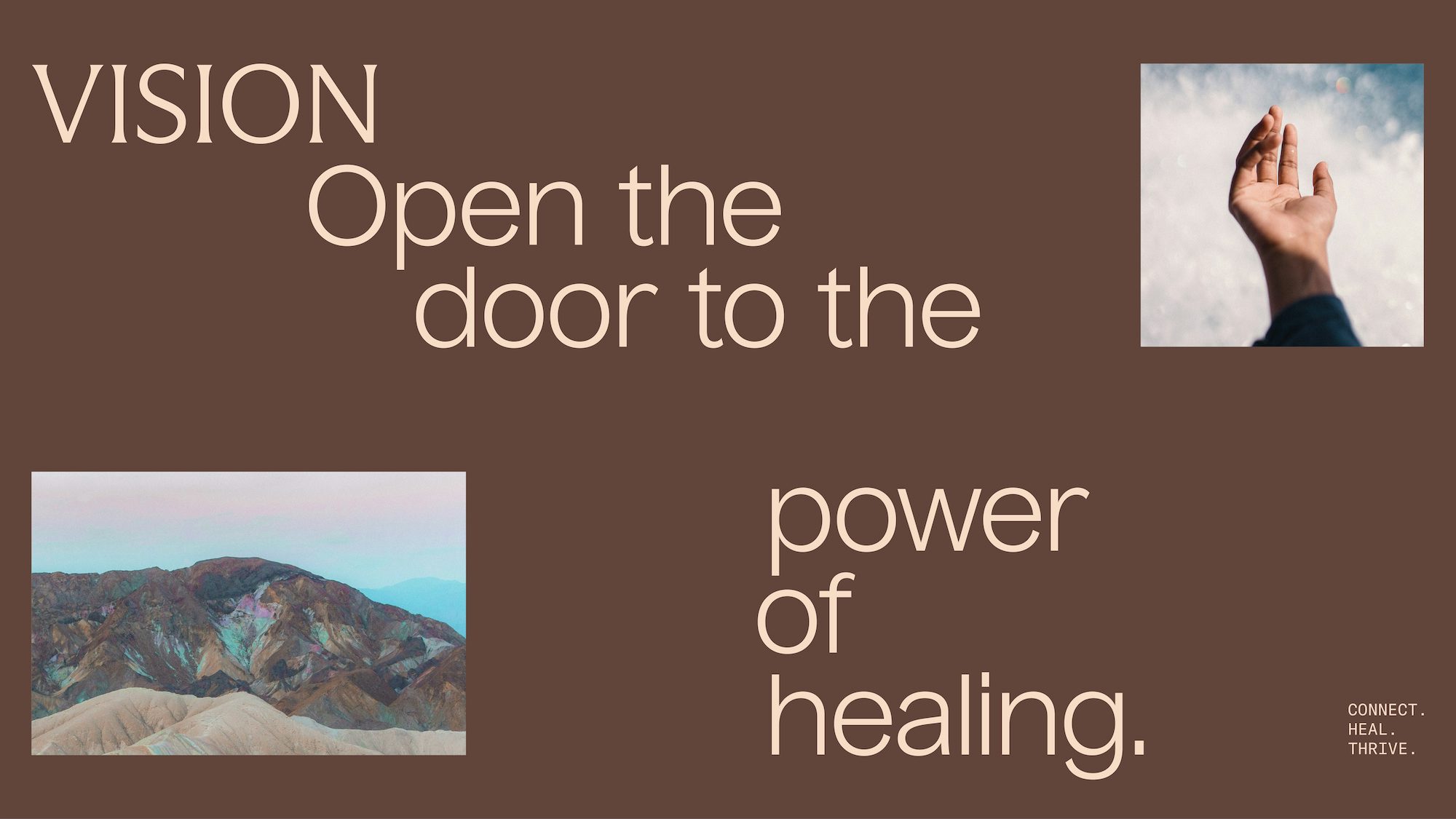Inside the good psychedelic rebrand
We look at how design is helping institutions, companies, and startups in paving the way for medical psychedelics to turn mainstream
In what’s being dubbed the ‘psychedelic renaissance’, clinical research is revisiting psilocybin, MDMA, LSD, and ketamine as therapies to treat the rising wave of mental health problems. The regulatory landscape in both the USA and UK is fast-tracking designation to market these psychoactive compounds, and even the New York Stock Exchange is now listing psychedelic pharma groups (some CEOs have even rung the famous Wall Street bell).
For advocates, it’s a welcome U-turn for stigmatised substances that have extraordinary potential, but everyone else must be swayed — how is good design working to unpick long-held (and often negative) narratives?
Across the US, psychoactive substances are not legal. But a spate of ballot measures and city council resolutions to legalise or decriminalise them (meaning deprioritised by law enforcement) have recently taken place. “Decriminalisation is gaining momentum, but for most of the public, psychedelics are still taboo,” says Eric Collins, partner at Grand Army. “A lot of our early research was about this contrast.” The agency was recently tasked with the rebranding of a mental health care company, Numinus, that pairs holistic psychotherapy with psychedelic medicine.
Numinus branding
 Numinus branding
Numinus branding
